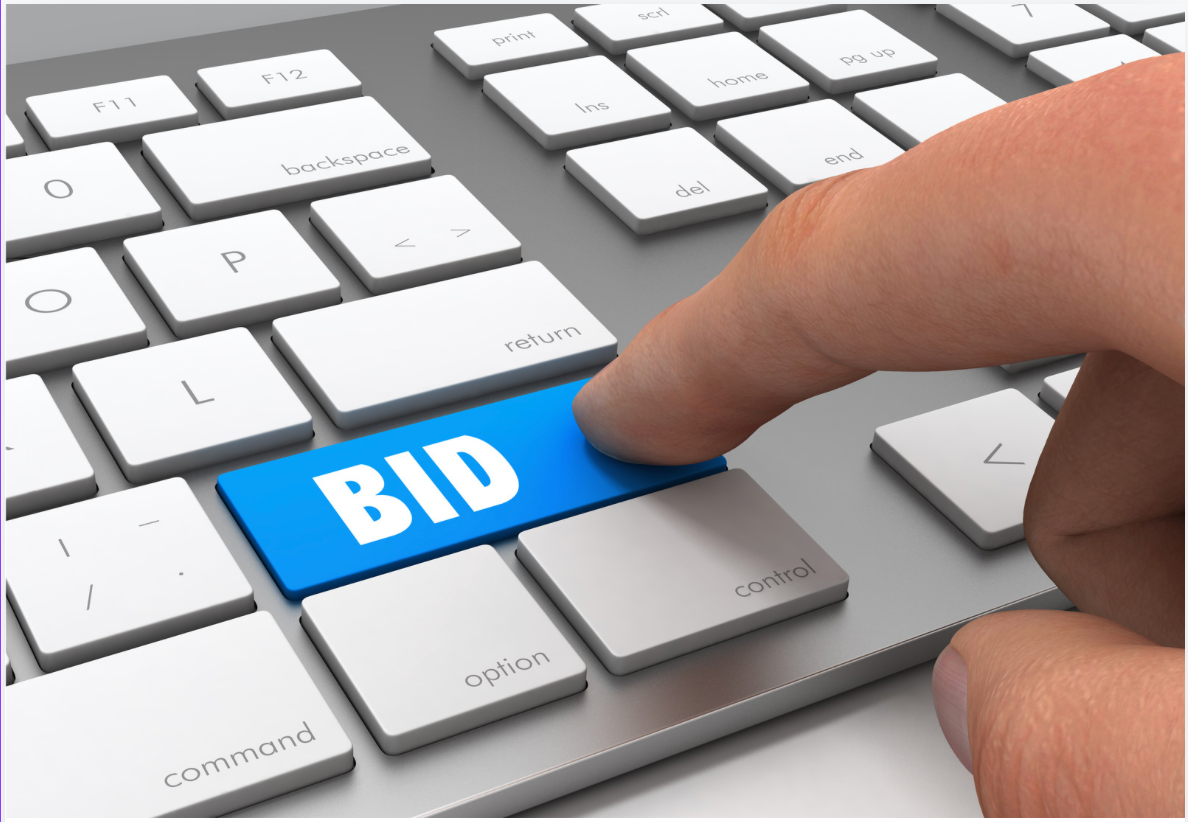How Does a Personal Property Auction Work?
A personal property auction is a dynamic and efficient way to sell items, ranging from household goods and collectibles to vehicles and equipment.
Here’s how it typically works:
1. Preparation: The auctioneer and their team will first assess the items to be sold. This may involve cataloging, photographing, and appraising the items to determine their value and create detailed listings. The auctioneer will also set a date and location for the auction, which could be on-site, online, or a combination of both.
2. Marketing: To attract the right buyers, the auctioneer will promote the auction through various channels, including online listings, social media, and local advertising. The goal is to generate interest and ensure a competitive bidding environment.
3. Preview Period: Before the auction, potential buyers are often given an opportunity to inspect the items, either in person or through online galleries. This allows them to assess the condition and value of the items they are interested in.
4. Bidding: On the day of the auction, the auctioneer will present each item or lot to the bidders. Bidding can be done in person, over the phone, or online, depending on the auction format. The auctioneer will start the bidding at a predetermined price or let the bidders set the starting point, then facilitate the bidding process, encouraging competition among bidders until the highest bid is reached.
5. Winning the Bid: The item is sold to the highest bidder once the auctioneer declares the item "sold." The winning bidder is then responsible for paying for the item, typically including a buyer’s premium (a percentage of the final bid price) and applicable taxes.
6. Payment and Collection: After the auction, winning bidders will complete their payment, which can usually be done by cash, credit card, or other accepted methods. Once payment is confirmed, the buyer can collect their items. For online auctions, shipping or pick-up arrangements will be made.
7. Final Settlement: The auctioneer will settle accounts with the seller, deducting any fees or commissions, and provide them with the proceeds from the sale. The seller receives an itemized statement detailing the sale prices and any associated costs.
A personal property auction is a fast-paced, engaging way to sell a wide range of items, often achieving better results than other selling methods due to the competitive bidding process.

WHERE TO FIND US
2774 Plainview Rd., Sherman, TX 75092
All Rights Reserved | Intriguing Auctions | Privacy Policy

